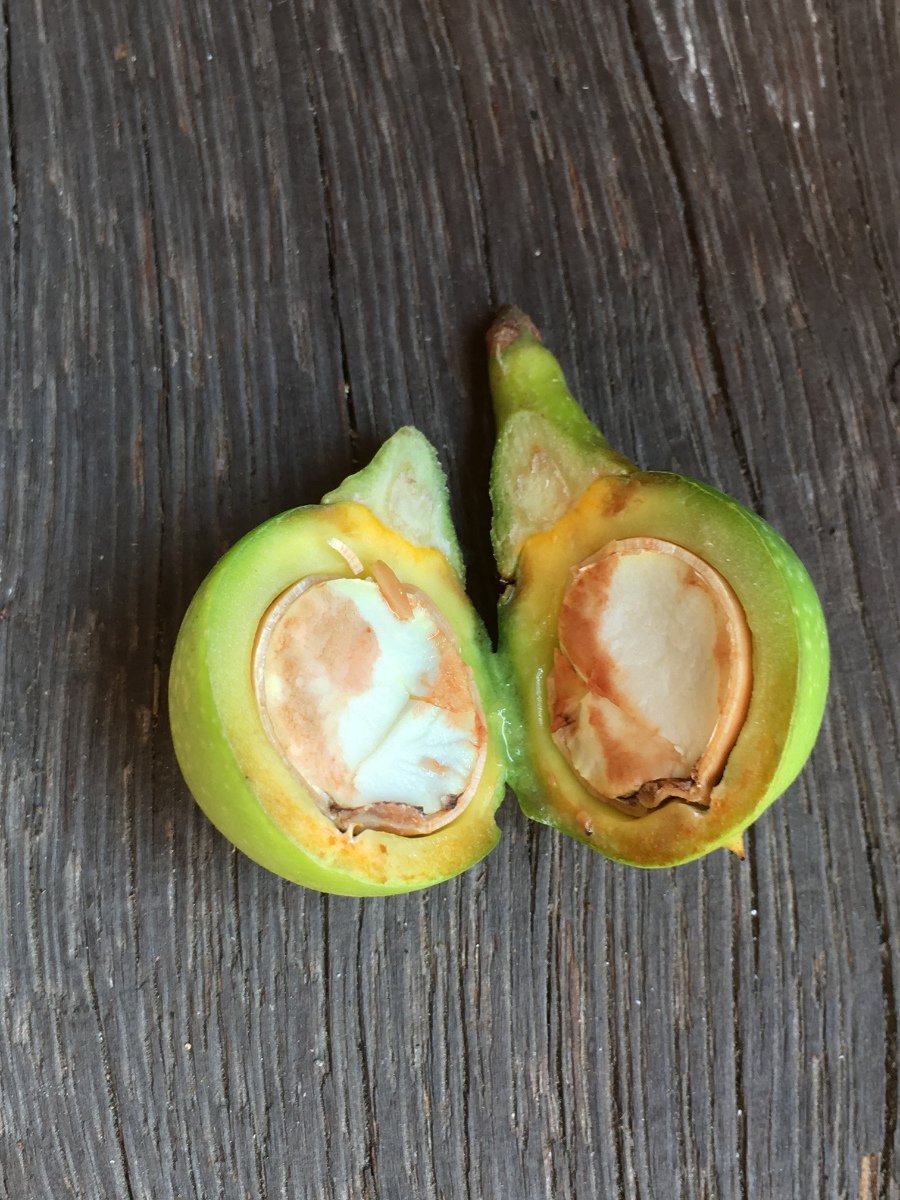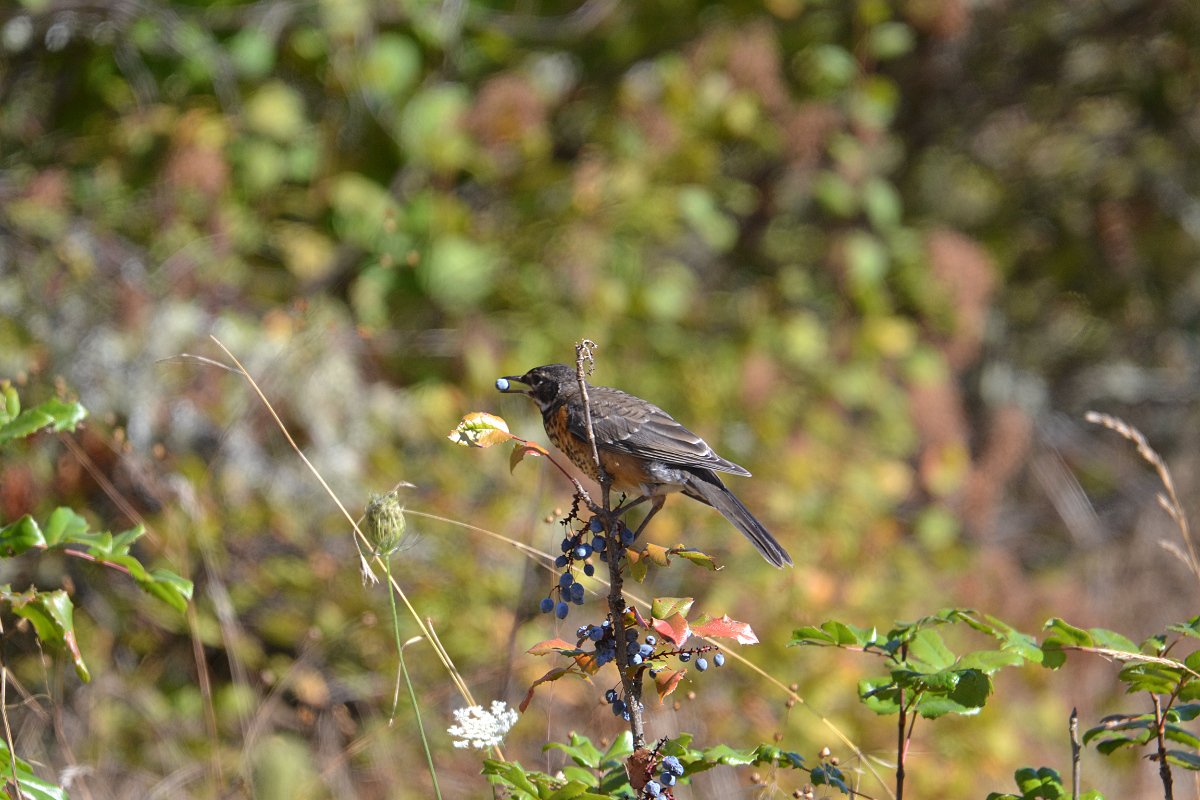The golden-crowned kinglet returns to the arboretum every year to spend the fall and winter months. This beautiful little bird always warms my heart when I catch a glimpse of it on a cold winter’s day.
They are pale olive above and gray below, with a black-and-white striped face. The males have a yellow-orange crown patch which is often concealed. During the breeding season, the male will flare his orange patch when chasing off male intruders in his territory. The females are similar and only have a yellow crown patch.
This is a tiny bird. All About Birds lists its length as 3.1-4.3 in. To help locate this bird, listen for the call notes that males and females give to stay in contact with each other. Peterson describes it as a “high, wiry see-see-see.” Another helpful hint to help find the golden-crowned kinglet is that it travels around in mixed flocks. Out at the arboretum, you will see it palling around with chickadees, nuthatches, bushtits, ruby-crowned kinglets, and brown creepers.
The golden-crowned kinglet mostly eats insects, insect eggs, and spiders. I see it glean insects everywhere on the tree—the bark, leaves, moss, and lichen. It will also hover to capture prey under leaves or hawk for aerial insects.
Under “Cool Facts,” All About Birds has this miraculous bit of information: “The tiny Golden-crowned Kinglet is hardier than it looks, routinely wintering in areas where nighttime temperatures can fall below –40° Fahrenheit.”
Nature is an inexhaustible source of wonder. Hope to see you out there.
Resources
Golden-Crowned Kinglet Overview, All About Birds, Cornell Lab of Ornithology. https://www.allaboutbirds.org/guide/Golden-crowned_Kinglet/overview. Accessed 15 Dec. 2022.
Peterson, Roger Tory, et al. Peterson Field Guide to Birds of Western North America. 4th ed, Houghton Mifflin Harcourt, 2010.




















































